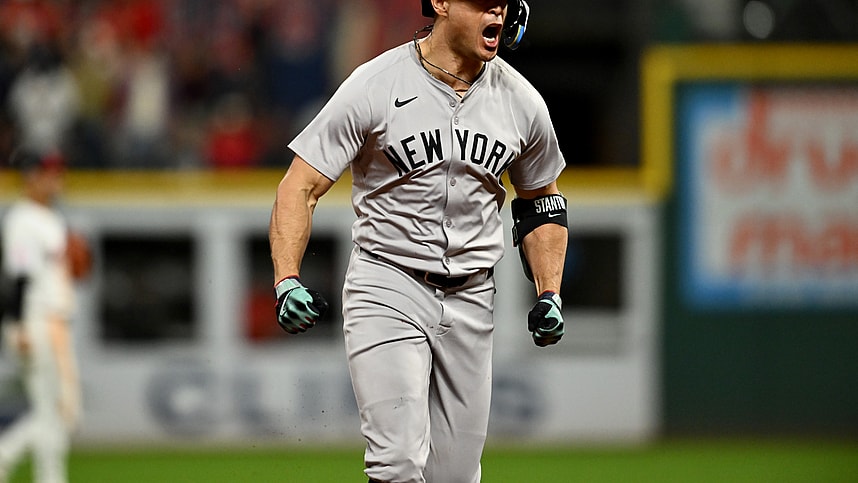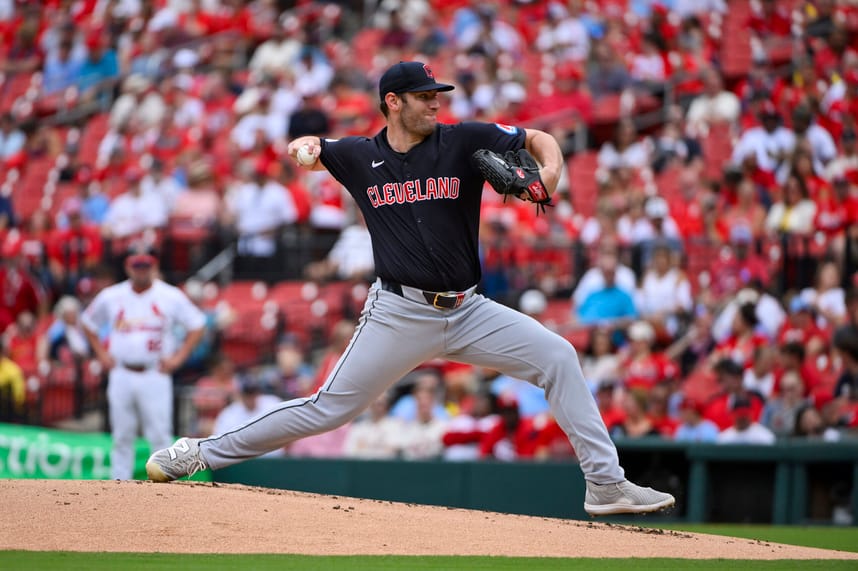
After a devastating loss in Game 3, the Yankees are aiming to bounce back in Game 4 of the ALCS. Allowing home runs in both the ninth and tenth innings, they were just one strike away from securing a 3–0 lead in the series. However, the Cleveland Guardians are showing they won’t go down without a fight.
Cleveland’s Pitching Challenges: Gavin Williams Takes the Mound
Cleveland will be turning to right-handed starter Gavin Williams on Friday, a pitcher who has struggled this season. Over 76 innings, Williams has posted a 4.86 ERA, with 9.36 strikeouts per nine innings, a 66.9% left-on-base rate, and a 40.6% ground ball rate. He has been particularly vulnerable to strong offenses, and the Yankees, with their powerful lineup, are poised to take advantage. Oddly, Williams has fared worse against right-handed batters, leaving plenty of opportunities for New York’s sluggers.

Friday will mark Williams’ first playoff appearance, adding extra pressure to an already difficult situation. Having pitched just over 150 innings in his MLB career, he faces a tall task in trying to contain the Yankees’ potent offense.
Williams’ Pitch Mix and What the Yankees Can Expect
Williams primarily relies on a four-seam fastball, curveball, cutter, and slider. He throws his fastball 51.5% of the time, though it has been one of his least effective pitches, allowing a .286 batting average and a .421 slugging rate. While the fastball boasts decent velocity at 96.6 mph, it lacks vertical movement, though it does have about four inches of horizontal break above the MLB average.
Against right-handed batters, Williams tends to use his four-seam fastball away from them while peppering the bottom left corner of the zone with his curveball. He frequently targets the bottom right portion of the strike zone with his cutter, which may provide an opportunity for Giancarlo Stanton, known for his ability to capitalize on low pitches, to hit a long ball.
Given Williams’ pitch usage, the Yankees can anticipate a heavy dose of fastballs—over 50% of the time—paired with curveballs, with the occasional cutter and slider mixed in. The Yankees, known for their patient approach at the plate, should be well-prepared for this predictable pitch mix.
Predicting Williams’ Strategy With Two Strikes
Similar to the Yankees’ own strategy, Williams often leans on his cutter when ahead in the count, especially with two strikes. While his cutter is only used 12% of the time, it has generated 15 strikeouts, whereas his four-seam fastball, thrown over half the time, has produced 29 strikeouts. This contrast highlights the importance of pitch selection for Williams, and the Yankees should be ready for a cutter when facing two-strike counts.

Yankees’ Opportunity to Capitalize
Williams has given up at least one earned run in 10 consecutive outings, including 11 earned runs over his last four games. In a September 7 matchup against the Dodgers, he allowed five earned runs in less than an inning, indicating that he can be rattled early. The Yankees, with their powerful lineup, have the firepower to knock him out of the game early and force Cleveland to rely on an already depleted bullpen.
- Yankees: Amed Rosario will work to become an option at key infield position
- Yankees plan to keep Jazz Chisholm Jr., but trade rumors linger: ‘You never know what’s going to happen’
- Yankees didn’t make an offer for Michael King; have ‘other targets on radar’
Guardians’ Bullpen Fatigue
In Thursday’s extra-innings loss, Cleveland used seven bullpen arms, which means their relief pitchers will likely be fatigued heading into Game 4. If the Yankees can capitalize on a favorable pitching matchup early, they could put Cleveland in a difficult position, forcing them to use a tired bullpen once again. The opportunity is ripe for the Yankees to regain control of the series and head back to the Bronx with a commanding lead.
More about: New York Yankees